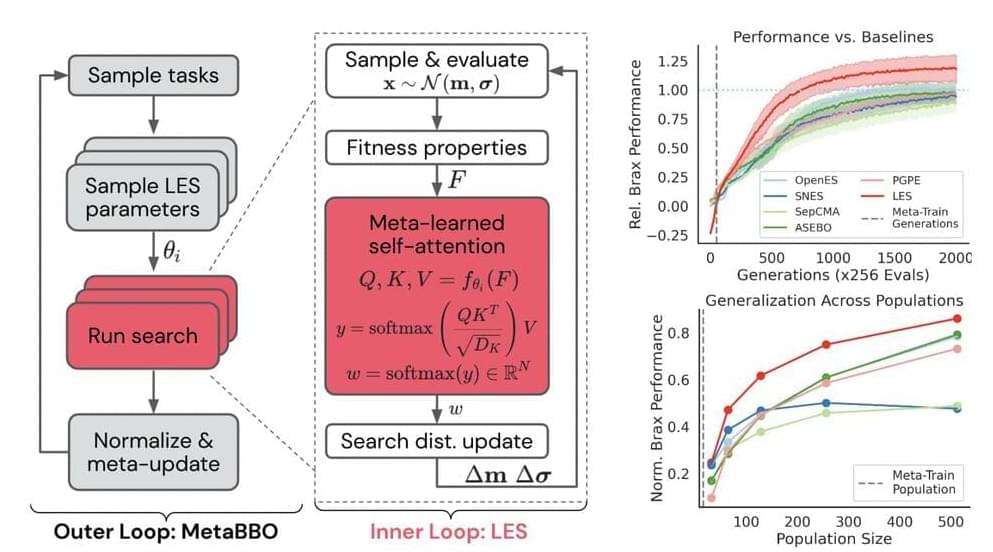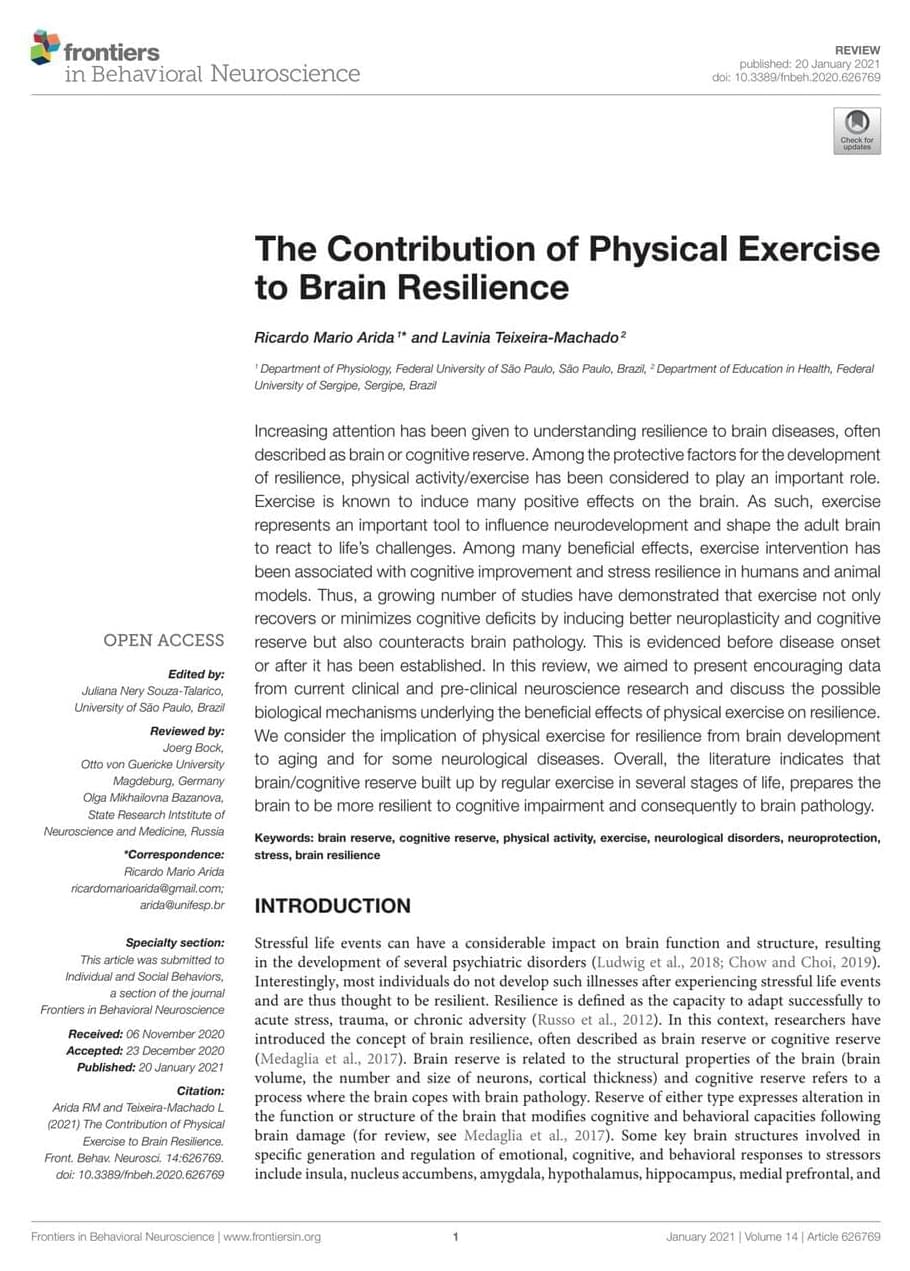Get the latest international news and world events from around the world.
Microsoft’s New Voice Replicator VALL-E X Features Translation, Accent Control
Microsoft’s text-to-speech model VALL-E can mimic anyone’s voice with little training data. Now it can do so across languages while replicating emotion.
Google just launched Generative AI across ALL of Google Workspace
— Gmail, Docs, Sheets, Slides, Images — everything. It’s being rolled out over the next months to everyone.
It’s being rolled out over the next months to everyone.
They made a video showing off the new AI’s capabilities.
Draft, reply, summarize, and prioritize your Gmail.

Our Gattaca Exclusive Confirmed By The Hollywood Reporter
Our trusted and proven sources were correct once again, as just hours after we broke the news that a Gattaca series is in development at Showtime, The Hollywood Reporter confirmed our exclusive. One of our writers here at Giant Freakin Robot wrote just two weeks ago that the 1997 dystopian sci-fi classic would be perfect as a television series, and it’s amazing how quickly we went from hoping it would happen to confirming that it is. The new series will be coming from the creators of Homeland, Howard Gordan and Alex Gansa.
As noted in our initial report, this is not the first time the film, starring Ethan Hawke, Uma Thurman, and Jude Law, has been optioned as a series. Back in 2009, Sony attempted to turn the movie into a procedural from Gil Grant, a writer on 24 and NCIS. The underrated cult-classic movie is ideal for transforming into a prestige series on a premium network as its themes on transhumanism, genetic manipulation, and a stratified society have become more relevant as technology leaps forwards every year.
In Gattaca, eugenics separates society into “valids” and “in-valids,” even if genetic discrimination is illegal; that hasn’t stopped businesses from profiling, giving the best jobs to the former and only menial labor opportunities to the latter. Ethan Hawke plays Vincent, an in-valid with a heart defect that uses samples from Jude Law’s Jerome Morrow, a paralyzed Olympic champion swimmer that’s also a valid. Using the purloined DNA, Vincent cons his way into a job at Gattaca Aerospace Corporation, eventually being selected as a navigator for a trip to Saturn’s moon, Titan.

How a Beam of Pellets Could Blast a Probe Into Deep Space
It’s a theoretical concept, but realistic enough that NASA’s Innovative Advanced Concepts program has given Davoyan’s group $175,000 to show that the technology is feasible. “There’s rich physics in there,” says Davoyan, a mechanical and aerospace engineer at UCLA. To create propulsion, he continues, “you either throw the fuel out of the rocket or you throw the fuel at the rocket.” From a physics perspective, they work the same: Both impart momentum to a moving object.
His team’s project could transform long-distance space exploration, dramatically expanding the astronomical neighborhood accessible to us. After all, we’ve only sent a few robotic visitors to scope out Uranus, Neptune, Pluto, and their moons. We know even less about objects lurking farther away. The even smaller handful of NASA craft en route to interstellar space include Pioneer 10 and 11, which blasted off in the early 1970s; Voyager 1 and 2, which were launched in 1977 and continue their mission to this day; and the more recent New Horizons, which took nine years to fly by Pluto in 2015, glimpsing the dwarf planet’s now famous heart-shaped plain. Over its 46-year journey, Voyager 1 has ventured farthest from home, but a pellet-beam-powered craft could overtake it in just five years, Davoyan says.
He takes inspiration from Breakthrough Starshot, a $100 million initiative announced in 2016 by Russian-born philanthropist Yuri Milner and British cosmologist Stephen Hawking to use a 100-gigawatt laser beam to blast a miniature probe toward Alpha Centauri. (The star nearest our solar system, it resides “only” 4 light-years away.) The Starshot team is exploring how they could hurl a 1-gram craft attached to a lightsail into interstellar space, using the laser to accelerate it to 20 percent of the speed of light, which is ludicrously fast and would reduce travel time from millennia to decades. “I’m increasingly optimistic that later this century, humanity’s going to be including nearby stars in our reach,” says Pete Worden, Breakthrough Starshot’s executive director.

TikTok’s New Hyper-Realistic Effect Sparks Beauty Debate
Two new effects on TikTok can give users sculpted cheekbones, plumped lips, or a younger look with the push of a button. But this hyper-realistic image-altering tech also spurs backlash. WSJ reporter Sara Ashley O’Brien joins host Zoe Thomas to discuss how these filters work and why some experts say they could damage users’ mental health. Photo: Storyblocks.

Billionaire tech CEO says Meta and Google over-hired so much they didn’t have enough work for employees: ‘They really were doing nothing’
“If you want to work from home, like four days of work in your pajamas, go to work for Facebook,” Thomas Siebel, the CEO of C3.ai, told Insider.

How Can Meta-Learning, Self-Attention And JAX Power The Next Generation of Evolutionary Optimizers?
Black box optimization methods are used in every domain, from Artificial Intelligence and Machine Learning to engineering and finance. These methods are used to optimize functions when an algebraic model is absent. Black box optimization looks into the design and analysis of algorithms for those problem statements where the structure of the objective function or the limitations defining the set is not known or explainable. Given a set of input parameters, black box optimization methods are designed to evaluate the optimal value of a function. This is done by iteratively assessing the function at multiple points in the input space so as to find the point that generates the optimal output.
Though gradient descent is the most used optimization approach for deep learning models, it is unsuitable for every problem. In cases where gradients cannot be calculated directly or where an objective function’s accurate analytical form is unknown, other approaches like Evolution Strategies (ES) are used. Evolution strategies come from evolutionary algorithms, which refer to a division of population-based optimization algorithms inspired by natural selection. Basically, Evolution Strategies (ES) is a type of Black Box Optimization method that operates by refining a sampling distribution based on the fitness of candidates and updating rules based on equations.
In a new AI paper, researchers from Deepmind, have introduced and developed a new way to use machine learning to learn the update rules from data, called meta-black-box optimization (MetaBBO), to make ES more flexible, adaptable, and scalable. MetaBBO works by meta-learning a neural network parametrization of a BBO update rule. The researchers have used MetaBBO to discover a new type of ES called learned evolution strategy (LES). The learned evolution strategy LES is a type of Set Transformer that updates its solutions based on the fitness of candidates and not depending upon the ordering of candidate solutions within the Black box evaluations. After meta-training, the LES can learn to choose the best-performing solution or update solutions based on a moving average.

